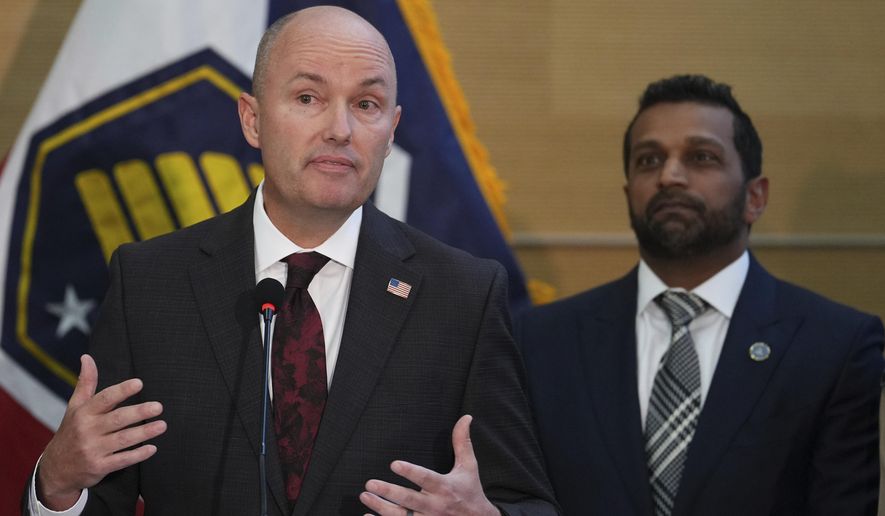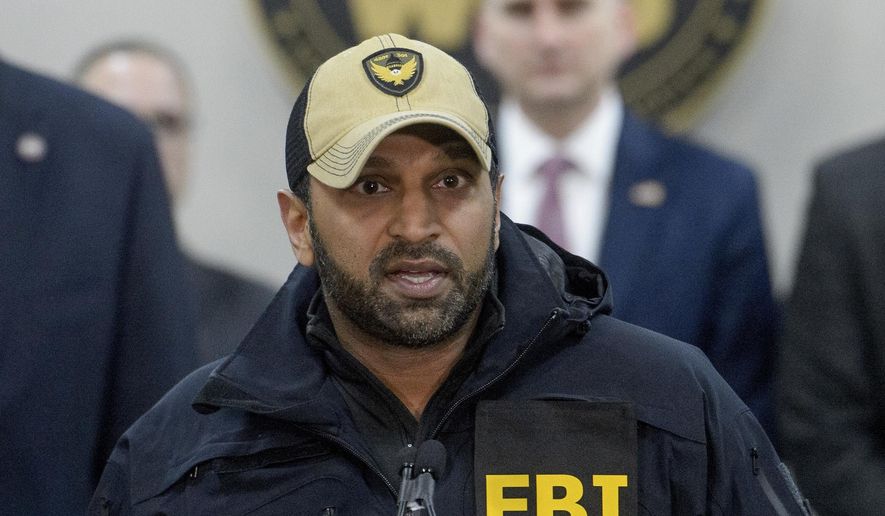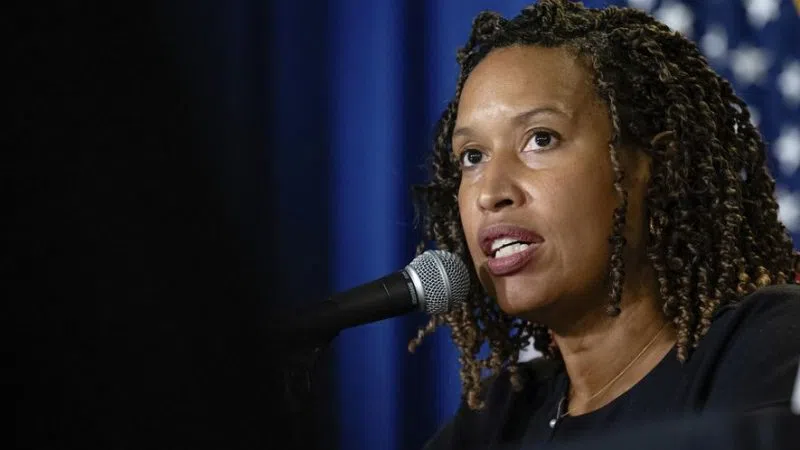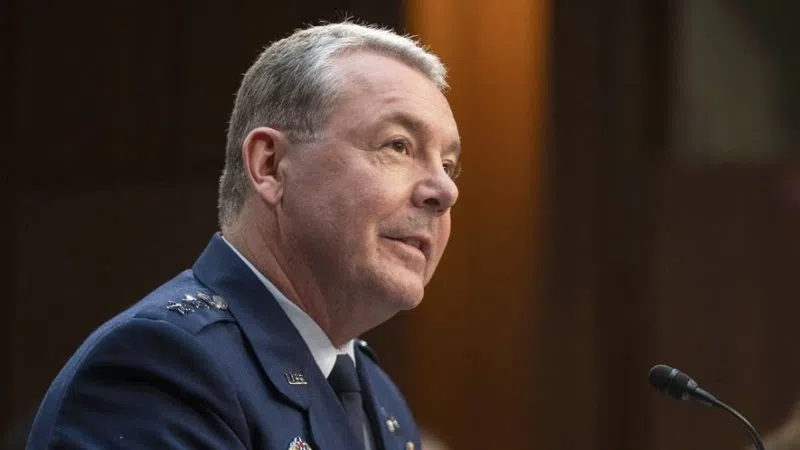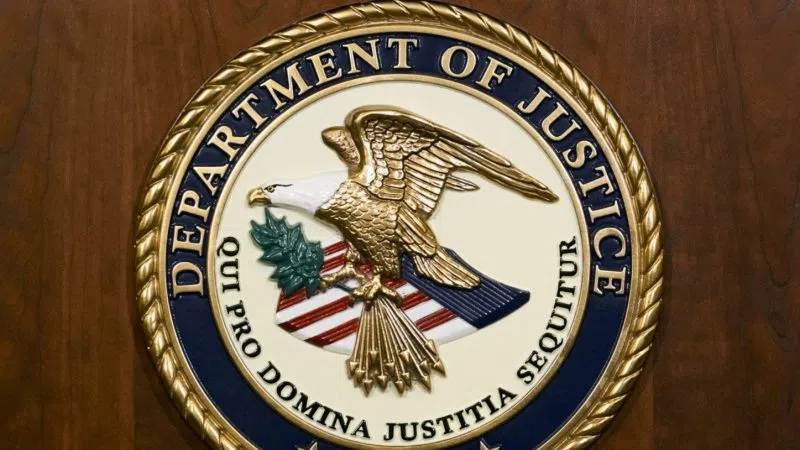GERMANTOWN — (CNN) Jennifer Aniston did WHAT to her hair?” screams the headline.
Below the headline is a photo of the actress with a military buzz cut, along with a quote about how she’d shorn her iconic blonde locks for a role.
The online article, printed on handouts that Alexis Gerard has distributed to her class at Clemente Middle School in Germantown, Maryland, is startling. It’s irresistible. It’s fake.
Gerard is using the story to remind the 11- and 12-year-olds they shouldn’t believe everything they read online.
“There’s so much fake news out there, they really don’t know what’s true anymore,” Gerard says.
That’s why educators like her around the world have launched programs to help students navigate this bewildering media landscape.
In the Czech Republic, high schools teach teens to identify propaganda from Russia, and in Sweden, students as young as 10 are schooled on how to consume news.
Kids are web savvy. But that doesn’t necessarily mean they’re media savvy.
A survey by Common Sense Media, released earlier this month, really brought home that point.
.In it, 44% of tweens and teens said they can tell the difference between fake news stories and real ones. But more than 30% admitted they shared a news story online — only to find out later that it was wrong or inaccurate.
“There was sort of a filter on what was available to kids,” says Bob Thomas, a middle school education technology specialist in Massachusetts. He’s referring to the traditional gatekeepers of old media.
“And now those filters are all off. Anyone can publish (anything) on the web. In a way, it’s a sad thing.”
The-CNN-Wire ™ & © 2017 Cable News Network, Inc., a Time Warner Company. All rights reserved. (photo: Pixabay)




